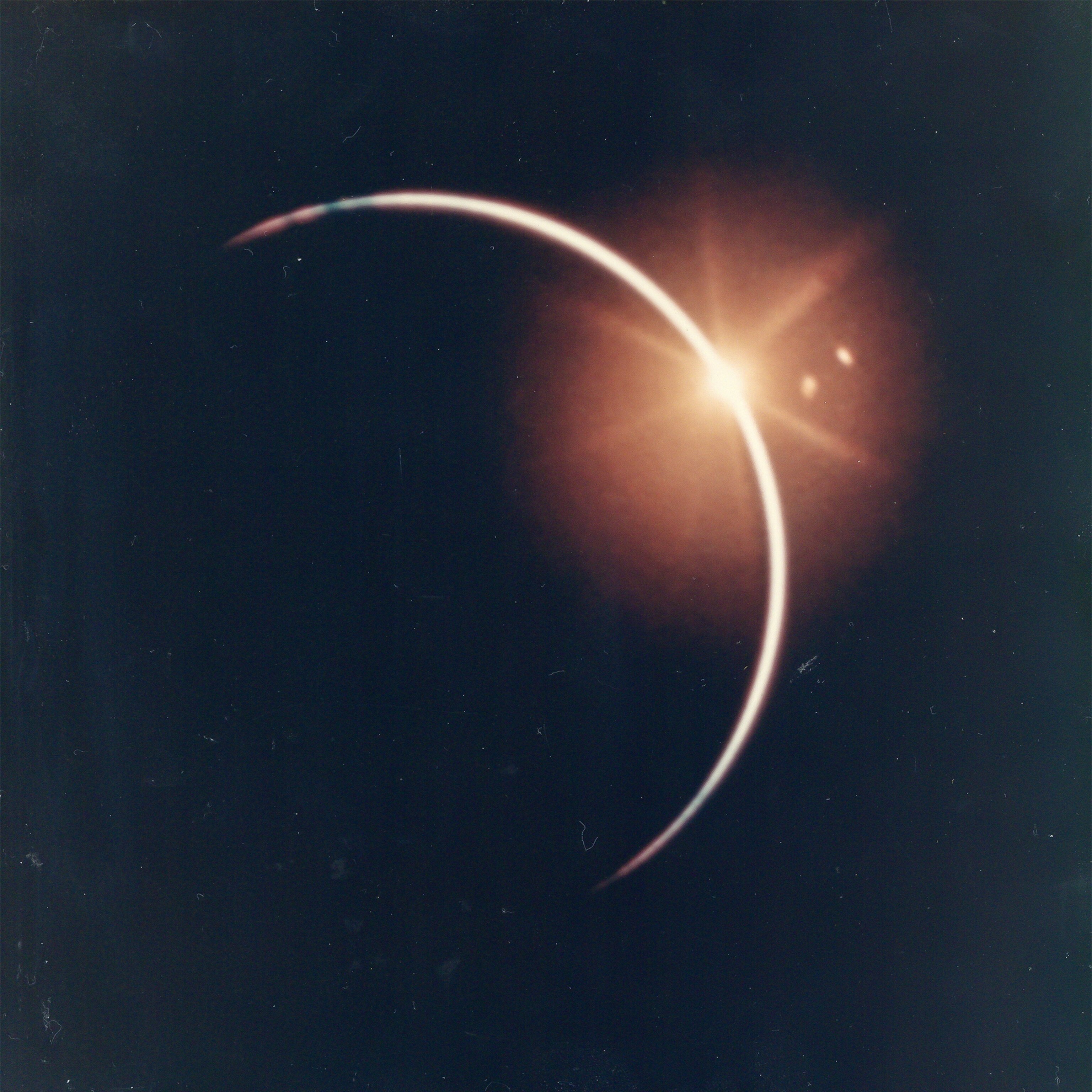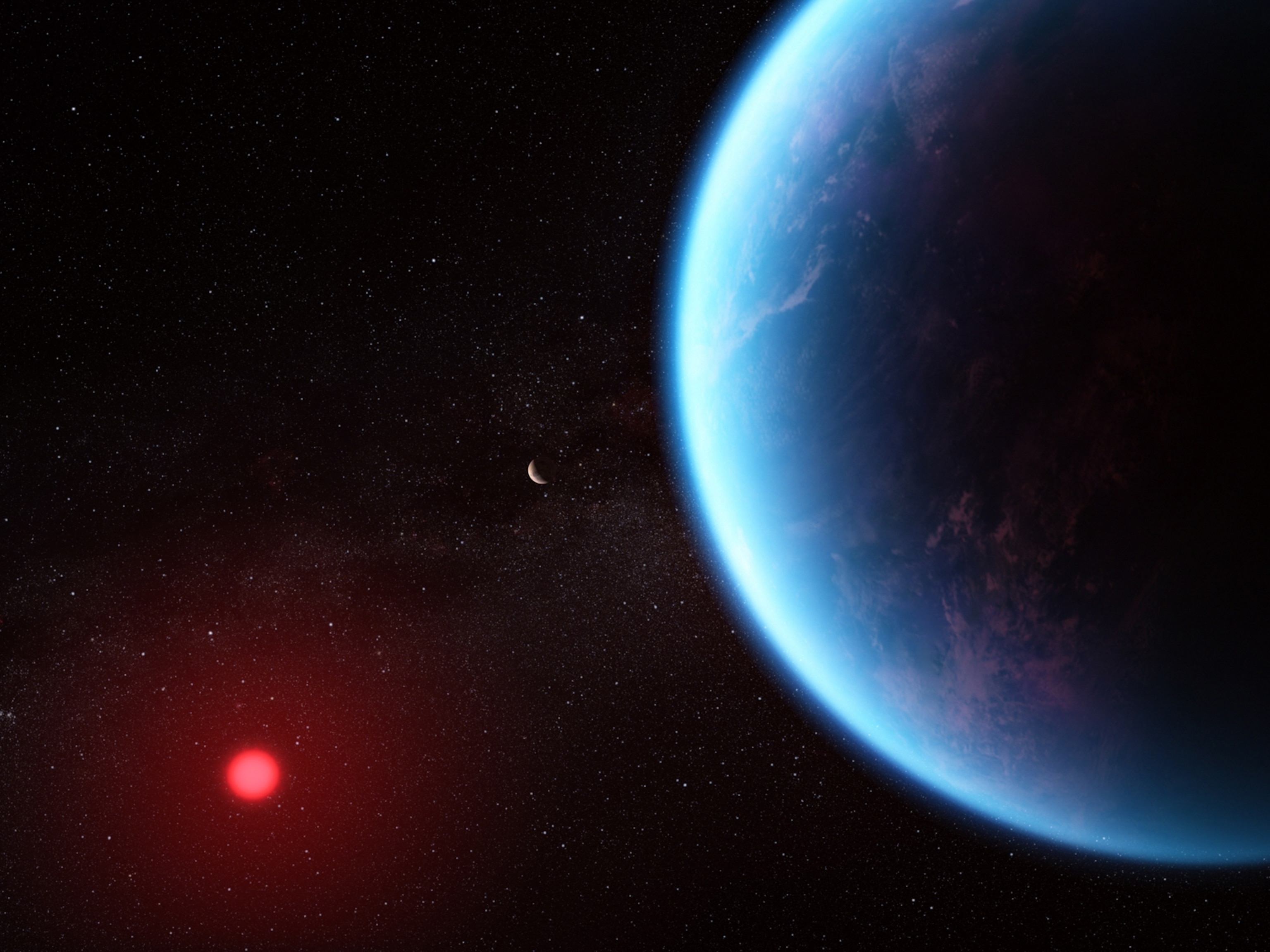
Planet Mercury, explained
Learn more about the innermost planet in our solar system.
Named for the fleet-footed Roman messenger god, Mercury is the closest planet to the sun, zipping around our parent star at an average of 36 million miles away. However, Mercury’s orbit is not a perfect circle. The planet can pass as close as 29 million miles and as far away as 43 million miles.
Living up to its name, Mercury is the fastest planet in the solar system, speeding along at about 29 miles per second and completing each orbit around the sun in just 88 Earth days. Mercury is also the smallest planet in the solar system, measuring just 3,032 miles wide at its equator. That makes it only slightly larger than Earth’s moon.
Because Mercury is so small and so close to the sun, it is the most elusive of the five planets that are visible to the naked eye. You can only catch Mercury at dawn and dusk, and it usually does not rise far above the horizon. But that’s not the only time the tiny planet makes an appearance. Because of its position in the solar system, Mercury passes between Earth and the sun 13 times each century in an event known as a transit. During a transit of Mercury, observers on Earth can see the planet in silhouette as it seems to sweep across the sun’s disk.
Since ancient times, people observing the heavens have noticed that the naked-eye planets sometimes appear to move backward, briefly shifting from their usual eastward motion to a westward path across the sky. This retrograde motion is an illusion created when one planet moves faster in its orbit than another, so that it catches up to and passes the slower world. For observers on Earth, Mercury is in retrograde about three to four times a year.
If you could watch the skies from the surface of Mercury, you would sometimes catch the rare sight of the sun in retrograde. As Mercury makes its closest approach to our smoldering star, its orbital speed exceeds its rate of rotation on its axis. That means someone standing on Mercury would see the sun start to rise, then briefly set, then rise again all within the same day.
Mercurial origins
Like the other planets in the solar system, Mercury was born about 4.5 billion years ago, condensing from the swirling ring of dust and gas left over from the sun’s formation. Mercury became what’s known as a terrestrial planet, with a dense metallic core, a rocky mantle, and a solid crust. However, the small planet cooled very quickly, contracting enough within the first billion or so years to prevent magma from escaping through the outer crust and ending geologic activity such as volcanism on the surface.
Despite its proximity to our star, Mercury is not the hottest planet in the solar system. With no atmosphere to trap heat, surface temperatures on Mercury can swing from 800 degrees Fahrenheit during the day to -290 degrees Fahrenheit at night. Mercury may even have reservoirs of ice sitting deep inside permanently shadowed craters at its poles. By contrast, the surface of hazy Venus sits at a sweltering 880 degrees Fahrenheit year-round, making it the hottest planet in our solar system.
Lack of an atmosphere also means Mercury’s surface is pockmarked by numerous impact craters, since incoming meteors don’t encounter any friction that would cause them to burn up. Seen via telescopes and spacecraft, Mercury looks like a battered world covered in overlapping basins, soaring cliffs, and occasional smooth plains.
Bright lines called crater rays also crisscross the surface where impacts crushed the rock and kicked up reflective debris. One of the most notable features on Mercury is Caloris Basin, an impact crater about 960 miles wide that formed early in the planet’s history. Mercury has no rings, no moons, and a relatively weak magnetic field.

Missions to Mercury
NASA’s Mariner 10 was the first spacecraft to visit Mercury, conducting a series of three flybys in 1974 and 1975. During this mission, Mariner 10 photographed about 45 percent of the planet’s surface.
A NASA mission called MErcury Surface, Space ENvironment, Geochemistry, and Ranging (MESSENGER) became the first probe to orbit Mercury in March 2011. It investigated the planet's composition, the structure of its core, and its magnetic field, in addition to capturing global images of the surface in multiple wavelengths. The mission ended with a planned impact on Mercury's surface in April 2015.
In 2018, the European Space Agency is set to launch the BepiColombo mission, which will use two orbiters to further study the innermost planet inside and out.
Related: Vintage NASA Photos




















Related Topics
You May Also Like
Go Further
Animals
- How can we protect grizzlies from their biggest threat—trains?How can we protect grizzlies from their biggest threat—trains?
- This ‘saber-toothed’ salmon wasn’t quite what we thoughtThis ‘saber-toothed’ salmon wasn’t quite what we thought
- Why this rhino-zebra friendship makes perfect senseWhy this rhino-zebra friendship makes perfect sense
- When did bioluminescence evolve? It’s older than we thought.When did bioluminescence evolve? It’s older than we thought.
- Soy, skim … spider. Are any of these technically milk?Soy, skim … spider. Are any of these technically milk?
Environment
- Are the Great Lakes the key to solving America’s emissions conundrum?Are the Great Lakes the key to solving America’s emissions conundrum?
- The world’s historic sites face climate change. Can Petra lead the way?The world’s historic sites face climate change. Can Petra lead the way?
- This pristine piece of the Amazon shows nature’s resilienceThis pristine piece of the Amazon shows nature’s resilience
- Listen to 30 years of climate change transformed into haunting musicListen to 30 years of climate change transformed into haunting music
History & Culture
- Meet the original members of the tortured poets departmentMeet the original members of the tortured poets department
- Séances at the White House? Why these first ladies turned to the occultSéances at the White House? Why these first ladies turned to the occult
- Gambling is everywhere now. When is that a problem?Gambling is everywhere now. When is that a problem?
- Beauty is pain—at least it was in 17th-century SpainBeauty is pain—at least it was in 17th-century Spain
Science
- Here's how astronomers found one of the rarest phenomenons in spaceHere's how astronomers found one of the rarest phenomenons in space
- Not an extrovert or introvert? There’s a word for that.Not an extrovert or introvert? There’s a word for that.
- NASA has a plan to clean up space junk—but is going green enough?NASA has a plan to clean up space junk—but is going green enough?
- Soy, skim … spider. Are any of these technically milk?Soy, skim … spider. Are any of these technically milk?
Travel
- How to see Mexico's Baja California beyond the beachesHow to see Mexico's Baja California beyond the beaches
- Could Mexico's Chepe Express be the ultimate slow rail adventure?Could Mexico's Chepe Express be the ultimate slow rail adventure?




